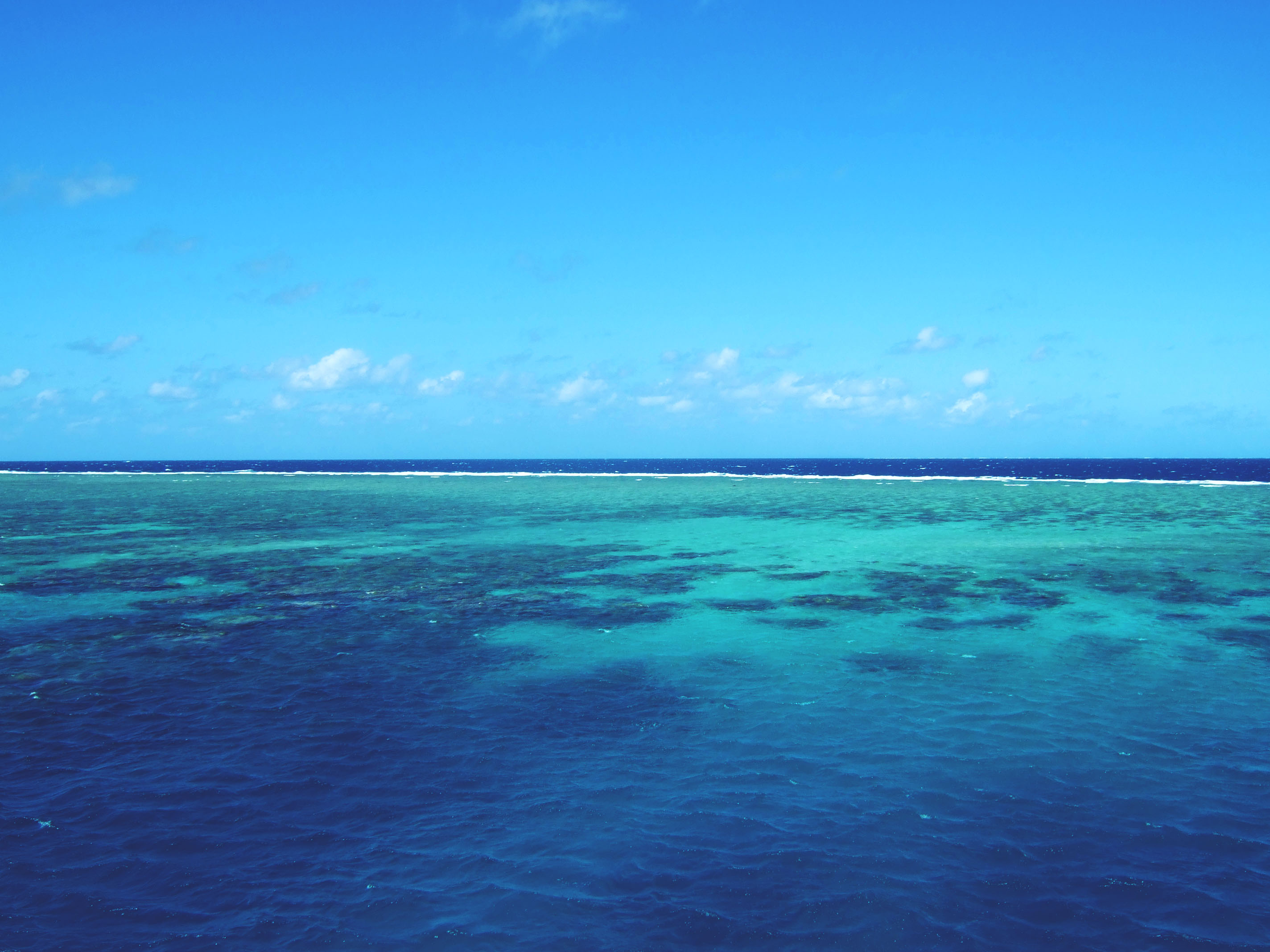Coral reefs are believed to be the most biodiverse habitats in our seas, but they’re vanishing fast. In fact, the most majestic of them all–Australia’s Great Barrier Reef–has now been declared dead by many scientists. Globally, we’ve lost 50% of the world’s coral reefs in the past 30 years, and if we do nothing, we’ll lose the other 50% in the next 30 years. There are many stresses affecting our reefs, including climate change, destructive fishing and tourism, pollution, and sedimentation. The new documentary Chasing Coral is shining a light on this “emotional race against time,” as the New York Times puts it. It’s more than just plastic pollution degrading our seas; we’re losing the very habitats that make them so dramatically beautiful and bursting with life in the first place.

To begin, let’s look at what coral reefs actually are. A reef is formed when a single polyp (an organism in the same family as anemones and jellyfish) attaches itself to the seabed. This polyp begins secreting a limestone shell, which protects and encases it. Over time this polyp reproduces–either sexually or asexually–until eventually there is a colony of individual organisms all working harmoniously. Polyps are soft-bodied, translucent organisms that host thousands of brightly-coloured algae within them. These algae are called zooxanthellae. This is what gives reefs their spectacular appearance. There is a remarkable symbiotic relationship between the polyp and the zooxanthellae, whereby the waste products from the polyp help the algae photosynthesize. The oxygen formed during that photosynthesis allows the polyp to thrive. Pretty incredible.
Reefs are incredibly biodiverse habitats. They are considered the nurseries of the ocean, and many organisms choose to remain here because they provide shelter and plenty of food.

Beautiful as they are, these ancient reefs that embellish our shallow, tropical waters are in grave danger. Unless we turn things around right now, they’ll be gone within our lifetime. Here are the main threats and what you can do to help:
Climate Change & Bleaching
You’ve likely come across the term “coral bleaching.” This is what results in those heartbreaking photos of reefs that look like war zones. Coral bleaching occurs when the sea temperature becomes too warm for the zooxanthellae. They eject themselves, and without the colorful algae, the polyps are left a whitish color. If the algae don’t recolonize, the polyps simply can’t survive. Then, all that remains is the calcified exoskeleton. The answer to this is to stop the effects of climate change. We must do everything within our power to reduce greenhouse gas emissions. Support renewable energy, encourage political leaders who want to put the environment first, lead by example, and walk or cycle. No act is too small.
Destructive Fishing Practices
Unfortunately, nowhere in our oceans is unaffected by overfishing and destructive practices, but reefs are seeing some of the worst of it. In places like the Philippines, cyanide fishing and dynamite are used to kill reef fish while simultaneously destroying the habitat in which they thrive. There is also a huge problem with cyanide used on tropical fish sold in the aquarium trade. You can help by being sure not to support this trade and inform others who might be unwittingly supporting these destructive practices. Leave the fish where they’re happiest: in the sea. You can also help by reducing your fish consumption to help stocks recover. If you absolutely must consume tropical species–for example, if you’re traveling–be sure to ask how and where they were caught.
Tourism
I had the pleasure of spending a few months in Australia and the Great Barrier Reef eight years ago. Head to Cairns, and all you’ll see is one advertisement after another for trips out to the reef to dive or snorkel and get up close and personal with one of the natural wonders of the world. While I like to think that I was courteous to the reef during my dives, unfortunately, I saw far too much carelessness for my liking. There were inexperienced tourists kicking the reef with their fins, breaking off pieces of coral to take home as souvenirs, and trying to touch everything, including the slow-cruising turtles as they went about their day. If you are planning on taking a trip out to explore any reef, the first rule is this: do not touch! I’m sure you don’t like strangers poking and prodding at you, so do these organisms a favor and resist the temptation. But it actually goes one step further than not getting all up in their grill; oxybenzone–a key ingredient in chemical sunscreens–is awfully detrimental to coral reefs. It can cause bleaching and disrupt reproduction. I know sunscreen is important, but do your best to keep it out of the sea. Approximately 14,000 tonnes ends up in reefs worldwide, every year. Yikes!
Pollution
There are many types of pollution affecting reefs, but let’s talk about plastic. Oh. My. God. The. Plastic. Large plastic items end up in our seas every day. These are, of course, unsightly and lead to those horrendous cases where turtles get straws lodged up their nose and six-pack rings get stuck around various heads and fins, but the alarming issue with plastic pollution on reefs is the amount of microplastics being ingested by coral polyps. Corals feed by waving their tiny tentacles in the direction of the water flow and catching and ingesting whatever particles float their way. Unfortunately, these days, there is a strong chance that the tiny morsel heading towards them will be inorganic–a fiber from a piece of clothing we put in our washing machine perhaps. The polyp knows no difference between plastic or a true food source and this is concerning because their tiny stomach cavities become full of plastic. Subsequently, they think they are full, no longer feed, and then die of starvation. You can help by reducing your plastic consumption. This includes purchasing clothing made of natural, biodegradable fibers.
Sedimentation
Back on that Australia trip, one of the projects I was involved in was tree-planting in the Atherton Tablelands. An area decimated by deforestation, without trees to hold sediment in place, there is run-off into the ocean during tropical downpours. This results in sedimentation smothering the reef. This is a disaster because, without clear water, the algae living in the coral reefs aren’t unable to photosynthesize. This results in mass-bleaching events. In addition to being caused by deforestation, sedimentation is also caused by bad fishing practices in which dredging disturbs the bottom sediment and causes turbidity and smothering as well. Do your bit to keep the waters clear by doing what you can to combat deforestation. With so many trees cleared for animal agriculture, the answer is to reduce your consumption of animal products as well as supporting recycled timber. Lastly, do not support destructive fishing practices.
For more information and breathtaking imagery, check out the brand new documentary, Chasing Coral–now available on Netflix. Read up, speak out, and support our seas.
Also by Kat: 5 Countries That Are Leading The Way With Renewable Energy
The Arctic Has Lost Its Ice And Gained All Our Trash
Related: 5 Best Documentaries To Watch If You Care About Climate Change & Social Justice
Get more like this—Subscribe to our daily inspirational newsletter for exclusive content!
__
Photo: Kat Kennedy




